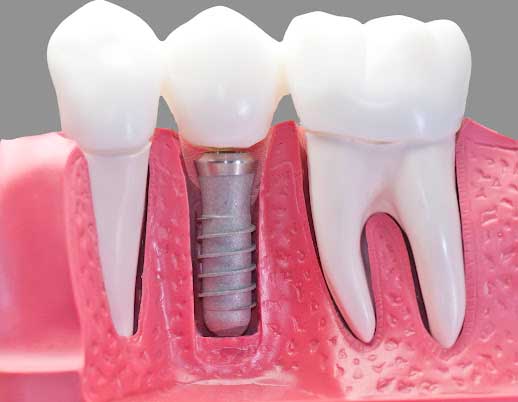
Why are dental x-rays important? You likely brush at least twice a day, floss, and visit your dentist regularly. Even though you make an effort to care for your oral health, cleaning isn’t always enough to reduce the risks of cavities and other dental issues. Take a look at what you need to know about x-rays, your mouth’s health, and your next visit to the dentist’s office.
What Are Dental X-Rays?
Dental x-rays are the same type of imaging study that you might have had after a foot, arm, leg, or other similar injury. The x-rays you may have had in the past could spot breaks in bones. Likewise, dental rays can see into your teeth and under the gumline to catch problems in your jawbone or teeth. These include injuries, infection, decay, and the position of teeth under the gumline (such as wisdom teeth).
You have two main types of dental x-rays: intraoral and extraoral. Intraoral x-rays include bitewings, periapicals, and occlusals. Extraoral x-rays include panoramic, cephalometric, and cone beam images. As the name implies, the film/sensor for an intraoral x-ray goes in the mouth. An extraoral x-ray requires an outside-of-the-mouth film or sensor placement.
Why Do You Need a Dental X-Ray?
You don’t have to wait for an injury to schedule a dental x-ray. While the imaging test is helpful after a facial or serious mouth injury, it is also part of a routine dental screening.
An x-ray can find cavities before you can see or feel them, alert the dentist of problems under the gumline (with the roots of the teeth or jaw), or help to spot periodontal (gum) disease before it goes from a minor issue to a major problem. An x-ray can also help to find decay under existing fillings or restorations, abscesses, bone loss, and some types of oral tumors.
How Often Do You Need a Dental X-Ray?
Dental x-rays are not part of every routine dental screening or cleaning. You may need an x-ray if you have an unexplained oral pain, signs of an infection, an injury, significant periodontal disease, wisdom teeth (or other teeth) that haven’t broken through the surface of the gum yet, or you have an issue with an existing dental restoration. But again, the dentist may recommend x-rays for patients that don’t have symptoms of a problem.
You may need an x-ray if you are a new patient at a dental practice and don’t have recent images for your new practitioner to review. This type of dental x-ray provides the dentist with a better picture of your overall oral health and can help to create a baseline for future visits. You may also need an x-ray if you are at risk for dental caries (cavities).
According to the American Dental Association (ADA), adult patients with dental caries or who are at an increased risk for cavities may need x-rays every six to 18 months. Adults without cavities and those who aren’t at an increased risk for dental decay may only need imaging every 24 to 36 months. But the specific timing of your x-rays depends on your individual dental needs.
Along with the ADA’s guidelines for dental x-rays, your dentist will consider your oral health, history of decay or infection, other dental issues, and your concerns before they create an x-ray schedule.
Do You Need Every Type of X-Ray?
You won’t need every type of intraoral and extraoral x-ray at every visit or to investigate every dental symptom. The dentist will choose the type of x-ray (or x-rays) that will provide the best and most comprehensive images. A bitewing is often necessary to detect decay in between the teeth, while a periapical x-ray can detect issues under the gumline down to the tip of the root.
An extraoral x-ray, such as a panoramic x-ray, can provide a broad image of the structures inside of your mouth. This type of image can help the dentist to create a baseline or see issues relating to the joints of the jaw and the jawbone.
Do you need dental x-rays? Contact the office of Dan Czapek, D.M.D., for more information.





